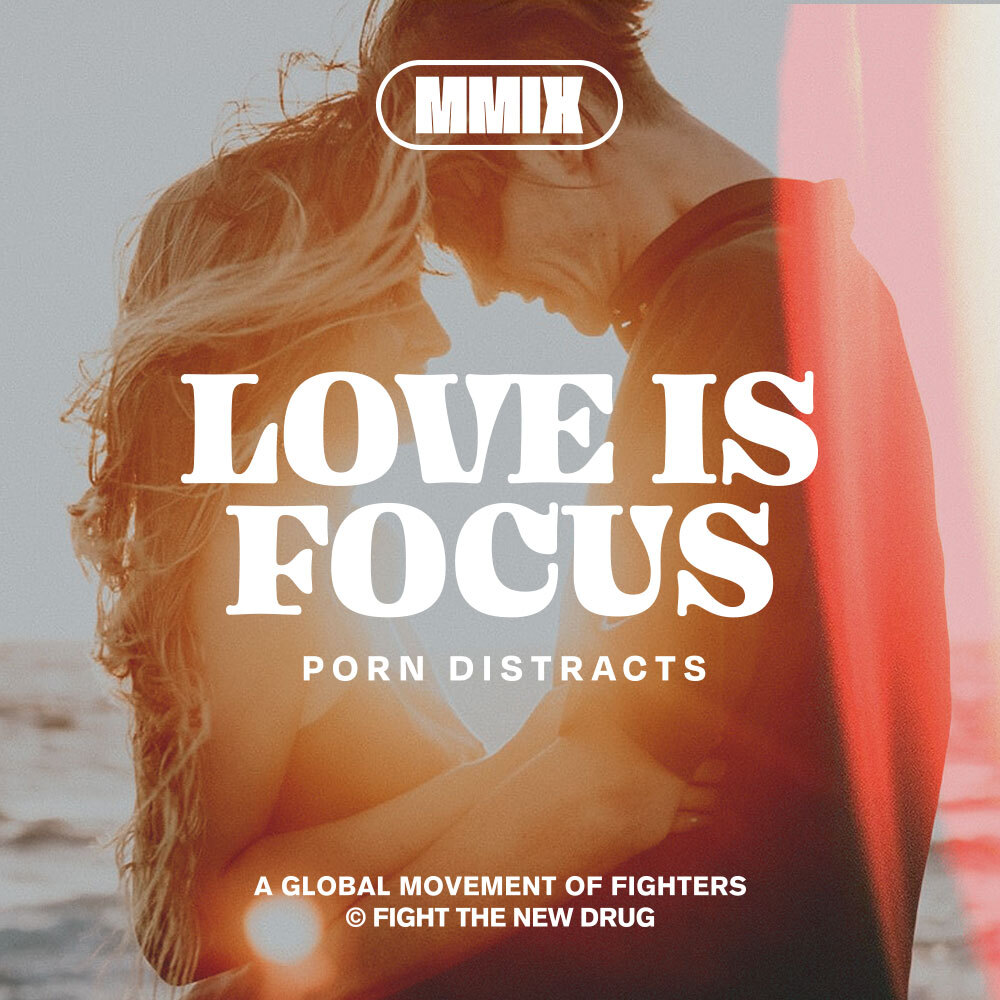The following article by Zach Brittle, LMHC, was originally posted on The Gottman Institute’s relationship blog in 2014. It has been edited for length.
My first exposure to pornography was over 30 years ago. It was in the basement of my childhood home where my dad stored a dusty stack of Playboy magazines. I remember discovering them one day and thinking that, as long as I left the correct one on the top, he’d never know (I soon found out this was not a good strategy). Many years later, I remember finding a folded up page from a more x-rated magazine in a bathroom of a mall restaurant. For a teenage boy in the pre-internet age, this was an Indiana Jones-caliber find. I can still recall the thrill of that secret treasure.
Three decades later, access to pornography is far easier. Anyone with a smartphone in their pocket can view it at a moment’s notice. Pornographers are savvy marketers who have been engaged in a relentless pursuit for years to make porn mainstream. They’re winning.
Internet porn is practically unavoidable. During every second of every day, roughly 30,000 internet users are viewing pornography. 12% of all websites and 25% of all search engine requests are pornography related. It’s a far cry from crumpled pages of erotica hiding in the darkest corners of our everyday world.
Let me say, as a therapist, that I don’t have a moral objection to the use of pornography. I do, however, believe—both personally and professionally—that an unexamined relationship with pornography always does more harm than good.
Scientists have been exploring the effects of porn on the body for years, wondering about its impact on everything from brain chemistry and libido to mental health issues like anxiety, depression, and motivation. The general consensus is that it’s not good. But porn affects more than just the body. Dr. Gottman’s own scientific research revealed that masturbating to pornographic images results in the secretion of oxytocin and vasopressin, hormones linked to attachment and emotional connection. This discovery points to perhaps the most significant factor about porn use: its impact on personal relationships.
In What Makes Love Last?, Dr. Gottman unambiguously weighs in on this, noting, “even non-compulsive use of [pornographic] images can damage a committed relationship.” He expands, saying, “most porn encourages steps that can lead to betrayal,” including the loss of emotional connection, secret-keeping, negative comparisons, and dismissing the partner as unattractive and, worse, unworthy.
The implication is clear: The most devastating effects of porn-use are more emotional than physical and more relational than personal. One of my clients, struggling with pornography addiction, has even called it “soul-destroying.” My goal here is not to climb up on a soapbox. Instead, it’s to offer a sobering perspective on what is otherwise becoming a mainstream “reality” based almost entirely in myth. Here are four damaging myths about pornography for you to consider.
Myth of Perfection: Most pornography is based on the idea of physical and sexual perfection. The women in mainstream pornography have stereotypically idyllic proportions and they are mostly free of the blemishes, wrinkles, and love handles that are common to most of the women you know. The men in porn industry are marathon lovers with six-pack abs and perfect hair. The sex itself usually involves multiple orgasms for her and always involves an orgasm for him, one that she is more than happy to provide. None of the participants ever sneeze or burp or fart. The sex is never awkward or uncomfortable (unless by design). It’s perfect. He’s perfect. She’s perfect. And it’s a lie.
Myth of Ease: One of the most tragic myths of pornography is that sex is easy. Pornographic sex exists in a world without needy children or ringing phones or football games that will be over in just ten minutes. Sex is never postponed by fatigue or illness. It is never rejected. Initiation is a simple process. Foreplay is quick and painless, if not skipped altogether. It’s a world where you can sleep with the a cheerleader, plumber, a teacher, a pizza delivery guy, and a police officer without discretion or consequence. There is no fear of rejection and no resistance of initiation. It’s easy. And it’s a lie.
Myth of Escape: I often hear clients describe their use of pornography as an escape from the norm. A way “to spice it up a bit” or “to get some relief from the mundane.” But this narrow view clouds the reality that a temporary escape from the real world can actually lead into a more permanent less healthy attachment. The typical narrative of pornographic sex is pretty simple: strangers meet, have sex, and never see each other again. Even within that pattern there are consistent sub-patterns that are relatively standardized and predictable (read: mundane). Problems arise when porn viewers become more attached to the pattern than to the person they’re committed to having sex with. That attachment bonds the viewer to a fetish of impersonal sex and ultimately leads them away from personal relationships and back into pornography. This can lead to overuse and compulsion. It feels like escape. And it’s a lie.
Myth of Privacy: Many viewers justify their porn habit as no big deal because it doesn’t affect anybody else. This is naive. In addition to the myths discussed above – all of which have implications for others – we now live in a world where everything is interconnected and it’s virtually impossible to assume that your private behavior has no public impact. But consider the simple notion that porn use is a gateway to sexual escalation. Dr. Gottman has articulated a “typical” descent from porn to infidelity simply by seeking out increasing stimulation. Eventually, private online activity leads to personal interactions and giving yourself permission to cross boundaries you swore you’d never cross. Once this happens, you compromise your own privacy as well as the privacy of your family and community. Privacy is a lovely idea. And it’s a lie.
By now you’ve figured out that when I say “myth,” I really mean “lie.”
Fun fact: During the course of my research for this article, I learned that the least popular day for Americans to view porn is Thanksgiving Day. I wonder if that tells us something about the relationship between gratitude and intimacy. If not, perhaps it should.
Click here to read the full article by Zach Brittle.
About the Author
Zach is a Licensed Mental Health Counselor and Certified Gottman Therapist in Seattle, WA specializing in couples therapy. You can learn more about Zach and inquire about availability at www.zachbrittle.com.
The Gottman Institute is dedicated to combining wisdom from research and practice to support and strengthen marriages, families, and relationships. It brings the knowledge of research to therapists–and the insight of therapists to researchers. This link between research and practice reflects the collaboration of John and Julie Gottman, whose combined research and clinical experience is extensive and incomparable.
Your Support Matters Now More Than Ever
Most kids today are exposed to porn by the age of 12. By the time they’re teenagers, 75% of boys and 70% of girls have already viewed itRobb, M.B., & Mann, S. (2023). Teens and pornography. San Francisco, CA: Common Sense.Copy —often before they’ve had a single healthy conversation about it.
Even more concerning: over half of boys and nearly 40% of girls believe porn is a realistic depiction of sexMartellozzo, E., Monaghan, A., Adler, J. R., Davidson, J., Leyva, R., & Horvath, M. A. H. (2016). “I wasn’t sure it was normal to watch it”: A quantitative and qualitative examination of the impact of online pornography on the values, attitudes, beliefs and behaviours of children and young people. Middlesex University, NSPCC, & Office of the Children’s Commissioner.Copy . And among teens who have seen porn, more than 79% of teens use it to learn how to have sexRobb, M.B., & Mann, S. (2023). Teens and pornography. San Francisco, CA: Common Sense.Copy . That means millions of young people are getting sex ed from violent, degrading content, which becomes their baseline understanding of intimacy. Out of the most popular porn, 33%-88% of videos contain physical aggression and nonconsensual violence-related themesFritz, N., Malic, V., Paul, B., & Zhou, Y. (2020). A descriptive analysis of the types, targets, and relative frequency of aggression in mainstream pornography. Archives of Sexual Behavior, 49(8), 3041-3053. doi:10.1007/s10508-020-01773-0Copy Bridges et al., 2010, “Aggression and Sexual Behavior in Best-Selling Pornography Videos: A Content Analysis,” Violence Against Women.Copy .
From increasing rates of loneliness, depression, and self-doubt, to distorted views of sex, reduced relationship satisfaction, and riskier sexual behavior among teens, porn is impacting individuals, relationships, and society worldwideFight the New Drug. (2024, May). Get the Facts (Series of web articles). Fight the New Drug.Copy .
This is why Fight the New Drug exists—but we can’t do it without you.
Your donation directly fuels the creation of new educational resources, including our awareness-raising videos, podcasts, research-driven articles, engaging school presentations, and digital tools that reach youth where they are: online and in school. It equips individuals, parents, educators, and youth with trustworthy resources to start the conversation.
Will you join us? We’re grateful for whatever you can give—but a recurring donation makes the biggest difference. Every dollar directly supports our vital work, and every individual we reach decreases sexual exploitation. Let’s fight for real love:



